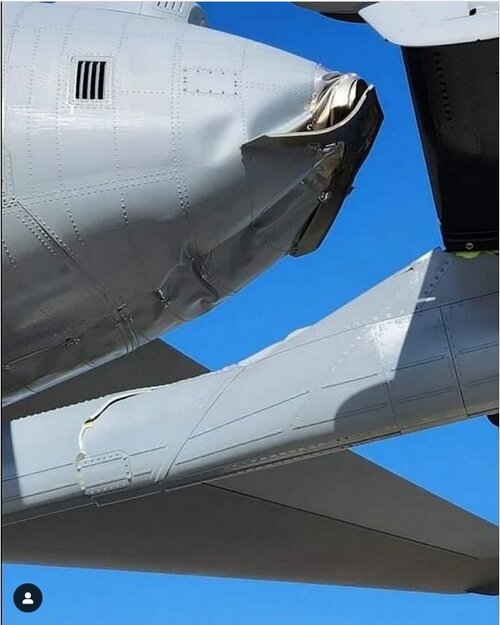Senior Airman Jon Vermont, sitting at the left boom operator console, explained how changing the scene gets around the defect.
“As the sun is changing [in] distance over the horizon, and [depending on] what degree it’s at, we need to change our scenes to match with it, to keep a good visual on the receiver itself,” Vermont said. “We’ll switch views, but the only time that we’re switching views is when the receiver is at 50 feet or farther aft.”
The limit on when a boom operator can switch scenes is due to another deficiency in the system: The screen blacks out for an instant with each turn of the knob. The Air Force requires that every time conditions such as clouds or lighting degrade the visual display, a boom operator must send the receiving aircraft back to 50 feet astern, then change the scene, before the aircraft begins a new approach.
“If we’re in a position where the sun is just beaming down on us and we can’t find a correct scene, we have to bring the receiver in and back them out multiple times,” Spikes said. “In a wartime situation, the less time that the receiver is around the boom, the more time they have to do whatever mission set they have that day.”














